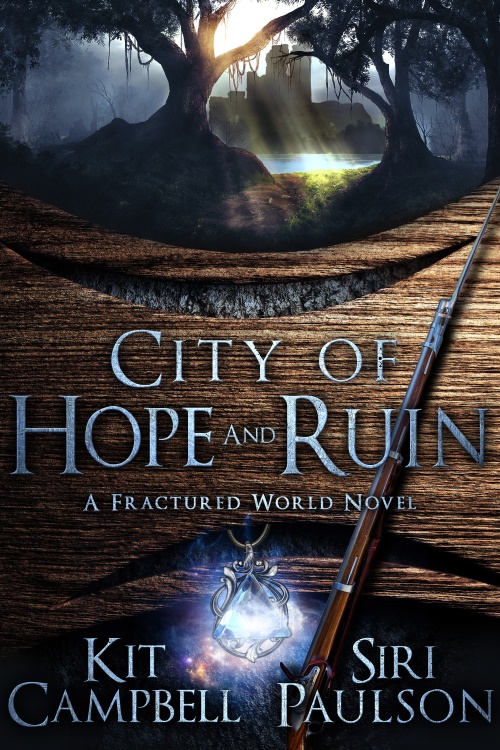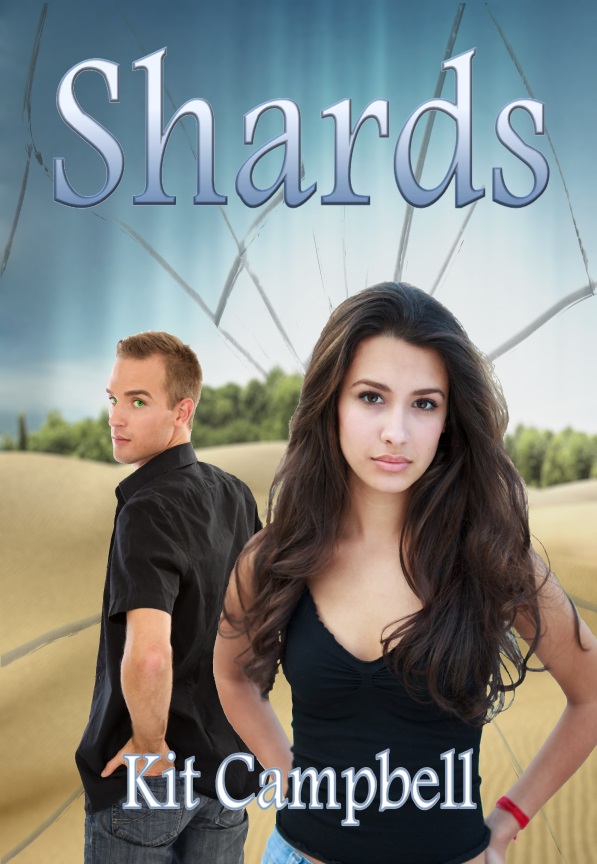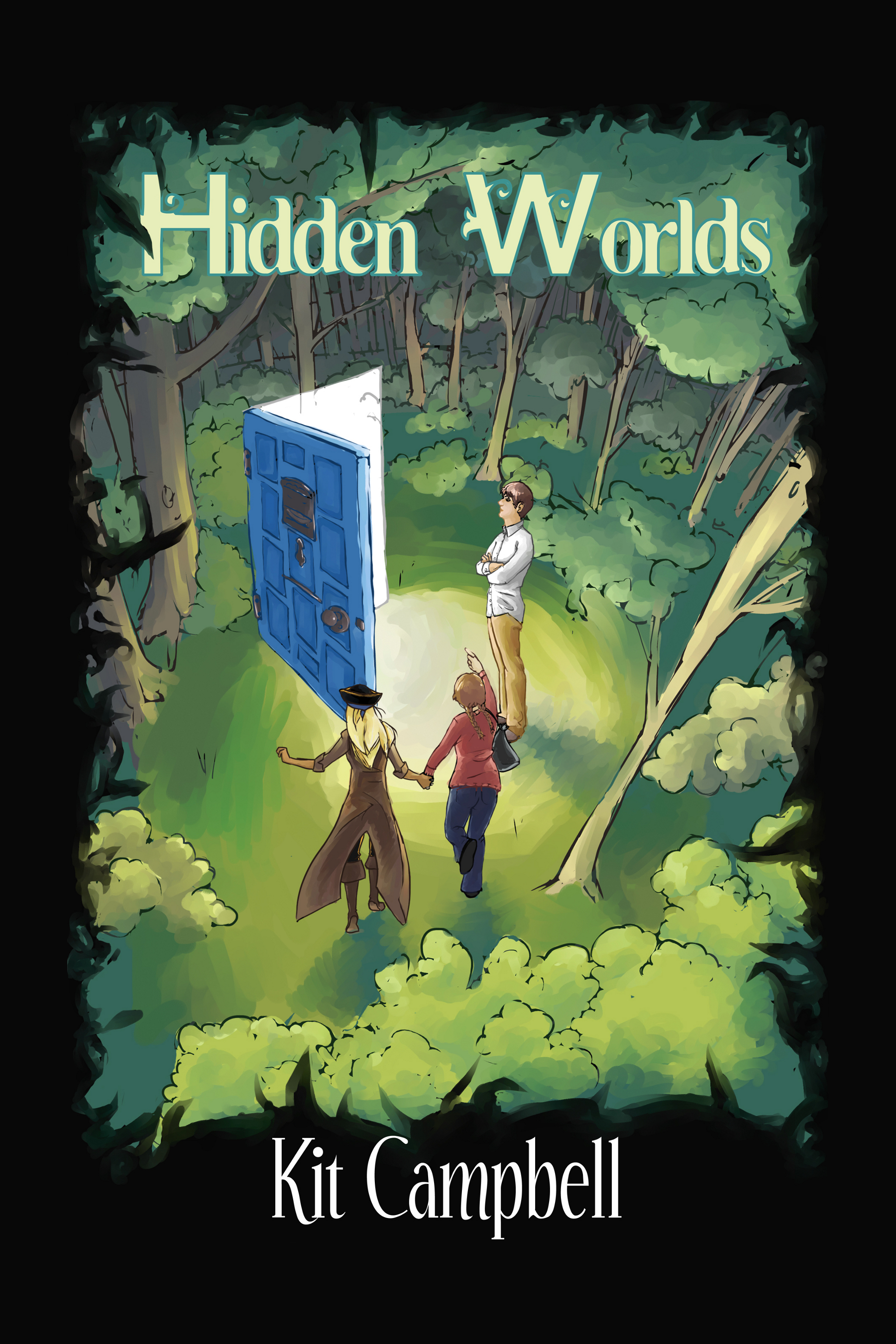Another info sheet for you today, Squiders. I’m afraid I spent the time I would have used composing something else (oh well, Thursday I guess) was spent playing Lego Star Wars “with” the not-so-small one. (He held a controller and told me what he wanted to do, and then I did it for him.)
Today we’re looking at the midpoint reversal and the dark moment, which are the midpoint shift and break between acts two and three, respectively.
What are the Midpoint Reversal and Dark Moment?
In general terms, the midpoint reversal is a story structure plot point which happens about halfway through a story. The dark moment is more of a major moment in a character arc than a plot point, though it can function as such.
Okay, what’s a Midpoint Reversal?
Last time we talked about the inciting incident and the first plot point. Most of the first part of the second act (or middle) is a reaction to that first plot point. The characters think they know what’s happening. They have a plan. They are acting on it. Then, about halfway through, something happens which changes everything.
Everything?
Everything.
Everything?
Well, it does depend on the structure and genre of the story, to some extent. But, in general, the midpoint reversal shakes everything up. It changes the direction of the story. It forces the character(s) to reevaluate what they thought they were doing and how they were doing it. It’s called a midpoint reversal because, in general, fortunes for the main character reverse. If things were going well, something terrible happens. If things were going bad, something good happens. To go back to my Star Wars standard, the midpoint of the first movie is when the Millennium Falcon is captured by the Death Star. In the Fellowship of the Ring, it’s when Frodo learns that all he worked for to get the ring to Rivendell isn’t enough—the ring is still not safe.
Some examples of “good” reversals are in the Lion King, when Simba is rescued from the desert (and despair) by Timon and Pumbaa, and in the Hunger Games when Peeta saves Katniss instead of killing her.
So, what you’re saying is…?
Halfway through, something MAJOR needs to change. You can do this a number of ways, but it should be something big, at least for your main character. (A midpoint reversal can be an internal event as much as an external event.) It should also be something that flows logically from the first half of the story, but still be a surprise or major roadblock.
In a classic hero’s journey, the midpoint reversal is known as the Ordeal.
Why do I need one?
Let’s face it, the longest part of any story is the middle. In general, it’s twice as long as either the beginning or the end. And there’s a tendency for stories to “sag” in the middle. A midpoint reversal (or shift, as it is sometimes known) gives you something exciting and important to use to buoy up the whole thing. It helps solidify the main conflict of the story, give the character direction, and make the transition from the first half of the story (the reaction stage, if you will) to the second half (the active stage).
To sum up…
A midpoint reversal stirs things up in the middle of a story so people don’t get bored or figure out where you’re going with things too easy. Some of the things it can do include:
- Adding a time limit before something terrible happens
- Removing allies or support main character was relying on
- Revealing new information that completely changes main character’s world view
- Raising the stakes
- Introducing final conflict/antagonist (if not clear before)
Okay, what about a Dark Moment?
A dark moment, sometimes called the black moment, is an event that falls near or at the end of the second act (or middle). It is a point when it seems like all is lost, when whatever your character was relying on has failed, and there seems to be nowhere left to go.
Do I need a Dark Moment?
Not necessarily, but it’s generally considered better to have one. By severely testing your characters, you make the end victory (if they have one) all the more sweet.
How do I set up a Dark Moment?
Dark moments are generally considered part of your character’s arc even though they are technically a plot point as well. Often your main character has an internal character arc that they’ve been working on throughout the story, and relating your dark moment to that arc (for example, if a character has been hurt by love in the past and has been working toward love again, a betrayal of that love would be a good catalyst for a dark moment) can be effective. It’s important to remember that the dark moment has to affect your main character to the point where it seems impossible to go on. In other words, it has to be something that matters to them personally.
When does the Dark Moment fall?
Generally 75%-80% of the way throughout the story. It’s generally the turning point between the middle and the end of the story. In a classic hero’s journey, it is the threshold of the Road Back and the Resurrection stages.
If my main character has given up hope, what then?
Actually, you can kind of think of the dark moment as a mini midpoint reversal (which makes sense, since it is often the break between acts two and three). Despite all that has happened, and despite how hopeless everything seems, your character picks up what they have left, makes a decision, and gets on with it, stronger now that they’ve survived their worst nightmare.
What if my character doesn’t have an arc strong enough to warrant a dark moment?
Then you might want to go back through and add some characterization in. But even a one-trick character can have a dark moment. If you’ve got a mostly plot-based story where the main character just wants to get home, making that goal seemingly impossible will still do the trick.
Can I have some examples?
Sure! To stick to my normal examples, the dark moment in A New Hope is when Obi-Wan Kenobi is killed. The dark moment in the Lord of the Rings is when Frodo can’t bring himself to make it up the side of Mount Doom (and Sam has to essentially carry him). And the dark moment in the Harry Potter series is essentially the entirety of the fifth book.



